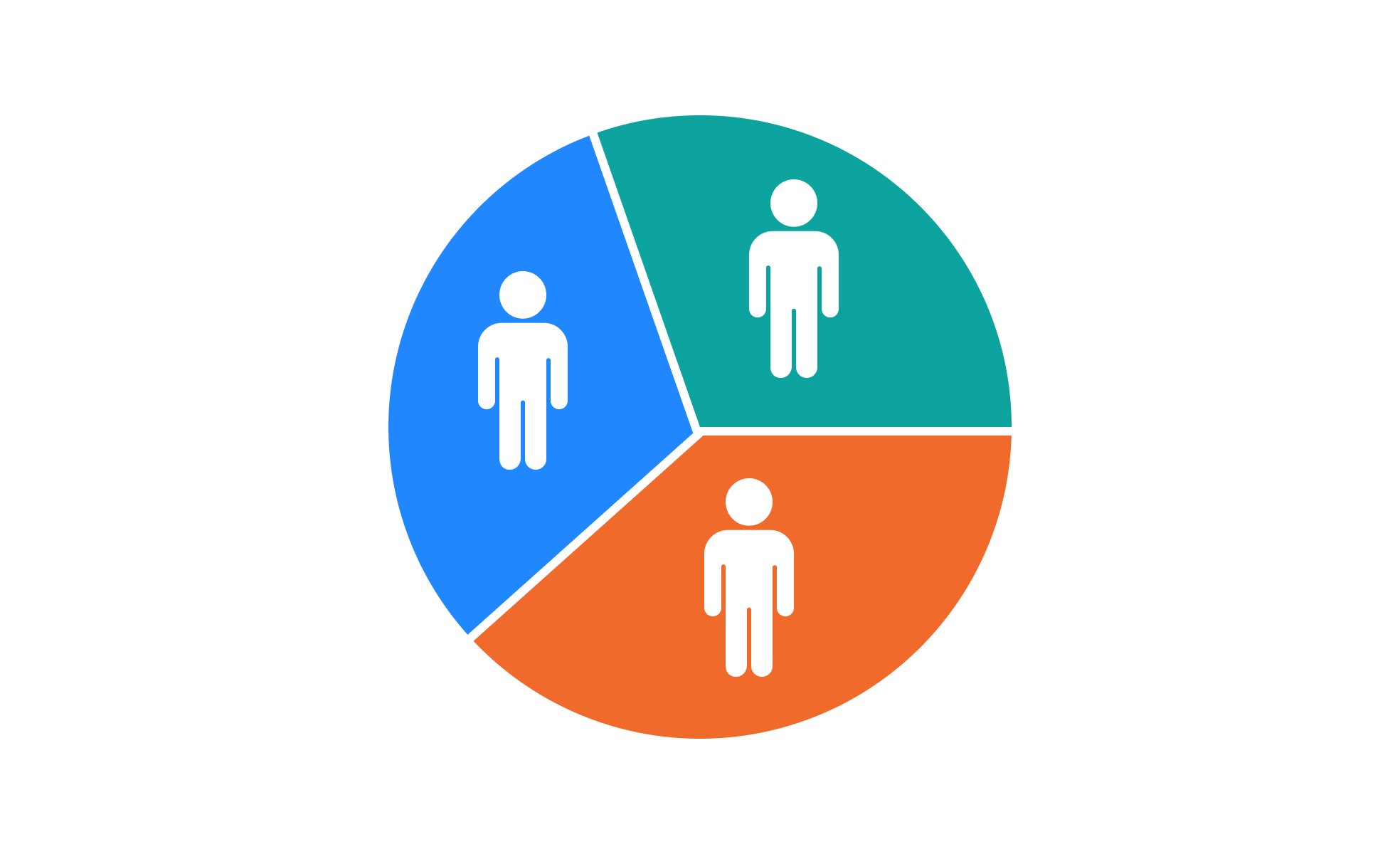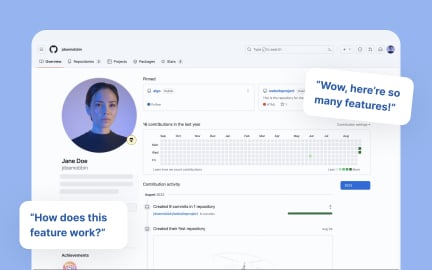Customer Segmentation
Customer segmentation divides users into groups based on shared traits, or needs, allowing teams to design targeted, relevant, and impactful experiences.

Customer segmentation is the practice of grouping users according to characteristics such as demographics, behaviors, preferences, or goals. Instead of treating an audience as a single mass, segmentation allows businesses and design teams to recognize that people use products in different ways. This helps tailor experiences, communications, and product features to match the needs of distinct groups more effectively.
In UX and UI design, segmentation ensures that user flows and interface choices support varied types of users. For example, a banking app may serve both young professionals seeking quick mobile transfers and older customers who prefer detailed desktop interfaces. By identifying these segments, designers can adjust layout complexity, typography size, or support pathways, ensuring each group feels considered and supported in their journey.
Product management applies segmentation strategically to drive adoption, retention, and revenue growth. By distinguishing between high-value and low-value customer groups, product managers can prioritize features, allocate resources, and create pricing models that resonate with different markets. For instance, SaaS companies often segment between free users, small businesses, and enterprise accounts, tailoring communication and functionality to each group’s expectations.
Segmentation methods vary depending on objectives. Demographic segmentation focuses on age, income, or education. Behavioral segmentation considers usage frequency, feature adoption, or purchasing habits. Psychographic segmentation explores motivations and values. Geographic segmentation maps audiences by location. Often, combining multiple methods produces the richest insights, especially for digital products that reach global and diverse user bases.
The process of segmentation requires both quantitative and qualitative research. Analytics tools track usage metrics, while interviews and surveys uncover attitudes and unmet needs. Teams then synthesize this data into actionable personas or segments. These become the foundation for targeted product strategies, ranging from onboarding flows to retention campaigns. By refining these segments over time, organizations can keep pace with changing behaviors and market trends.
Learn more about this in the Segmentation and Churn Prevention Strategies Lesson, a part of the Reducing User Churn Course.
Key Takeaways
- Customer segmentation groups users by shared traits and behaviors.
- It helps UX designers tailor flows and interfaces to distinct needs.
- Product managers use it to prioritize features and growth strategies.
- Methods include demographic, behavioral, psychographic, and geographic segmentation.
Segmentation helps designers create experiences that reflect the needs of different user types rather than relying on one-size-fits-all solutions. A segmented approach ensures that critical user groups, like first-time customers or advanced power users, receive tailored experiences that feel intuitive and engaging. This reduces friction, builds trust, and increases long-term satisfaction with the product.
When combined with user testing, segmentation reveals not just how users behave, but why they behave that way. This deeper understanding enables teams to design solutions that resonate emotionally and practically, creating experiences that feel personalized and relevant.
For product managers, segmentation provides a framework to decide where to invest time and resources. By understanding which segments drive the most revenue or have the highest potential for growth, managers can make evidence-based decisions about prioritizing features, pricing strategies, or marketing campaigns. Without segmentation, efforts risk being spread too thin across audiences with very different needs.
It also helps measure success with more precision. Instead of tracking overall adoption or churn, managers can monitor performance at the segment level, gaining insights into which user groups respond well to changes and which require additional support.
One challenge is creating segments that are both meaningful and actionable. Too many segments can overwhelm teams, while too few may oversimplify diverse audiences. Another challenge is keeping segments current, since customer needs and behaviors evolve over time. For example, a segment defined during a product’s early growth phase may no longer reflect user realities once the company scales.
Overcoming these challenges requires balance and iteration. Segments should be revisited regularly, tested against new data, and adjusted as products and markets evolve. When done well, segmentation remains a flexible tool that supports long-term growth and customer satisfaction.
Recommended resources
Courses

UX Research

Enhancing UX Workflow with AI

Design Thinking
Lessons

Segmentation and Churn Prevention Strategies

Implementing Early Warning Systems







